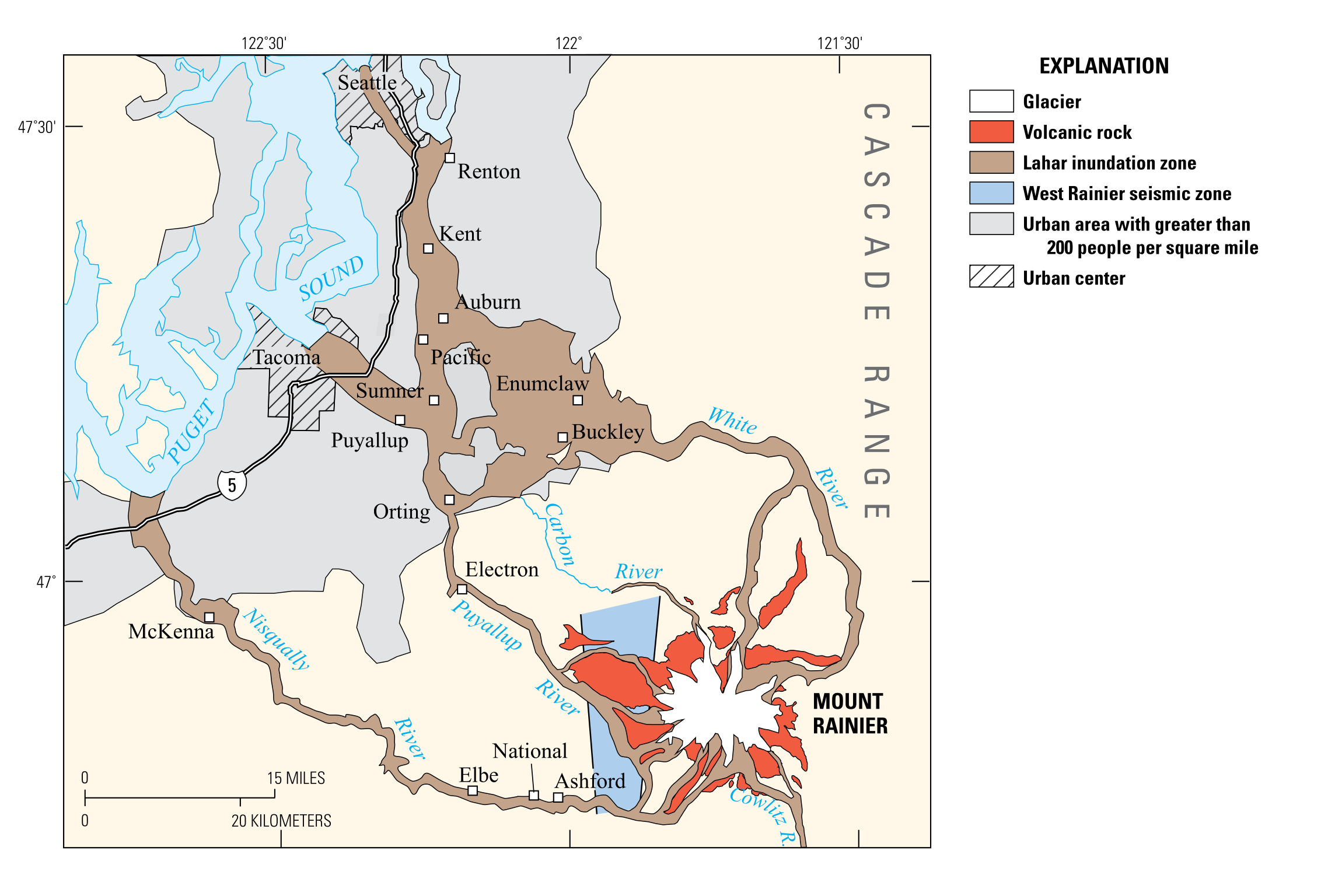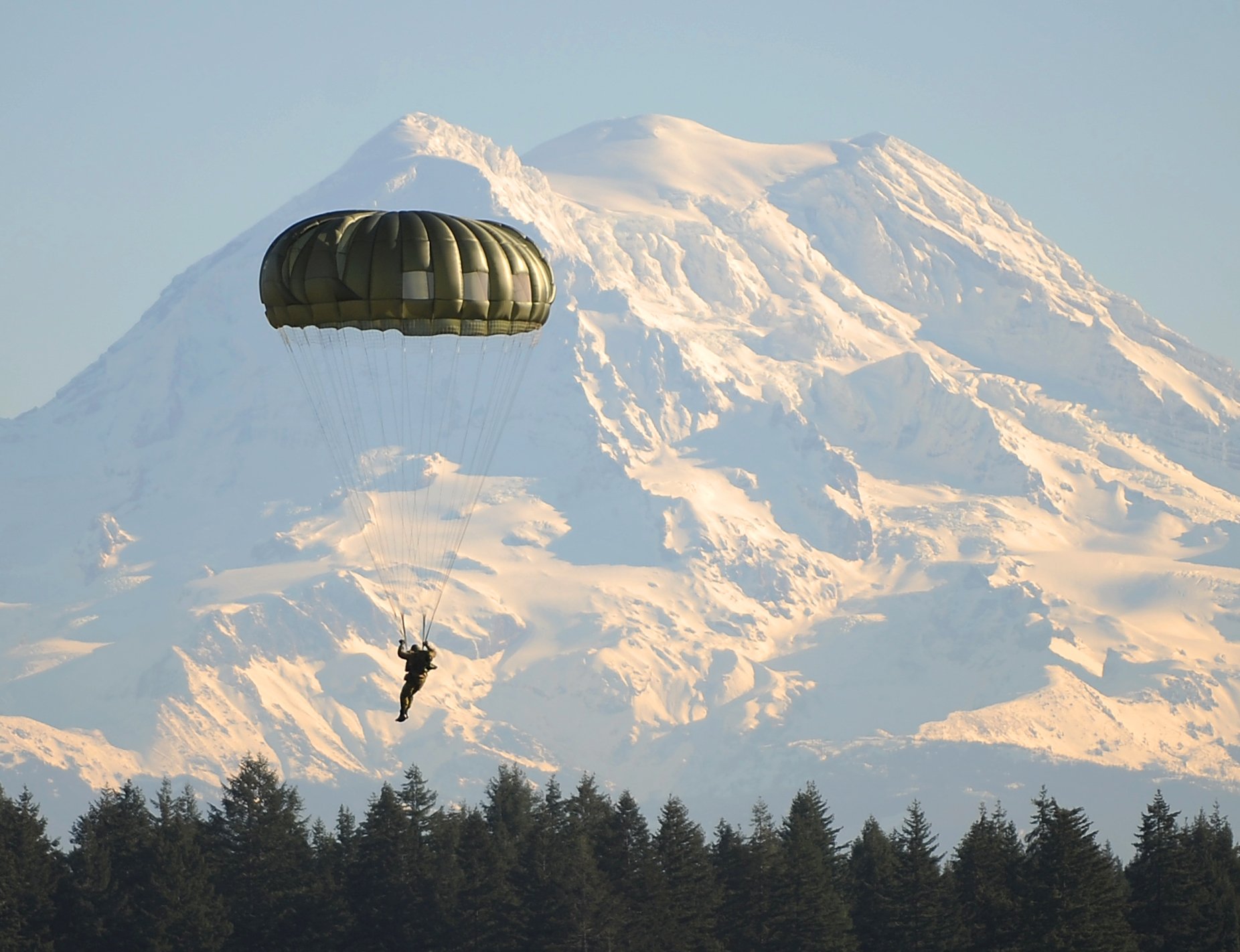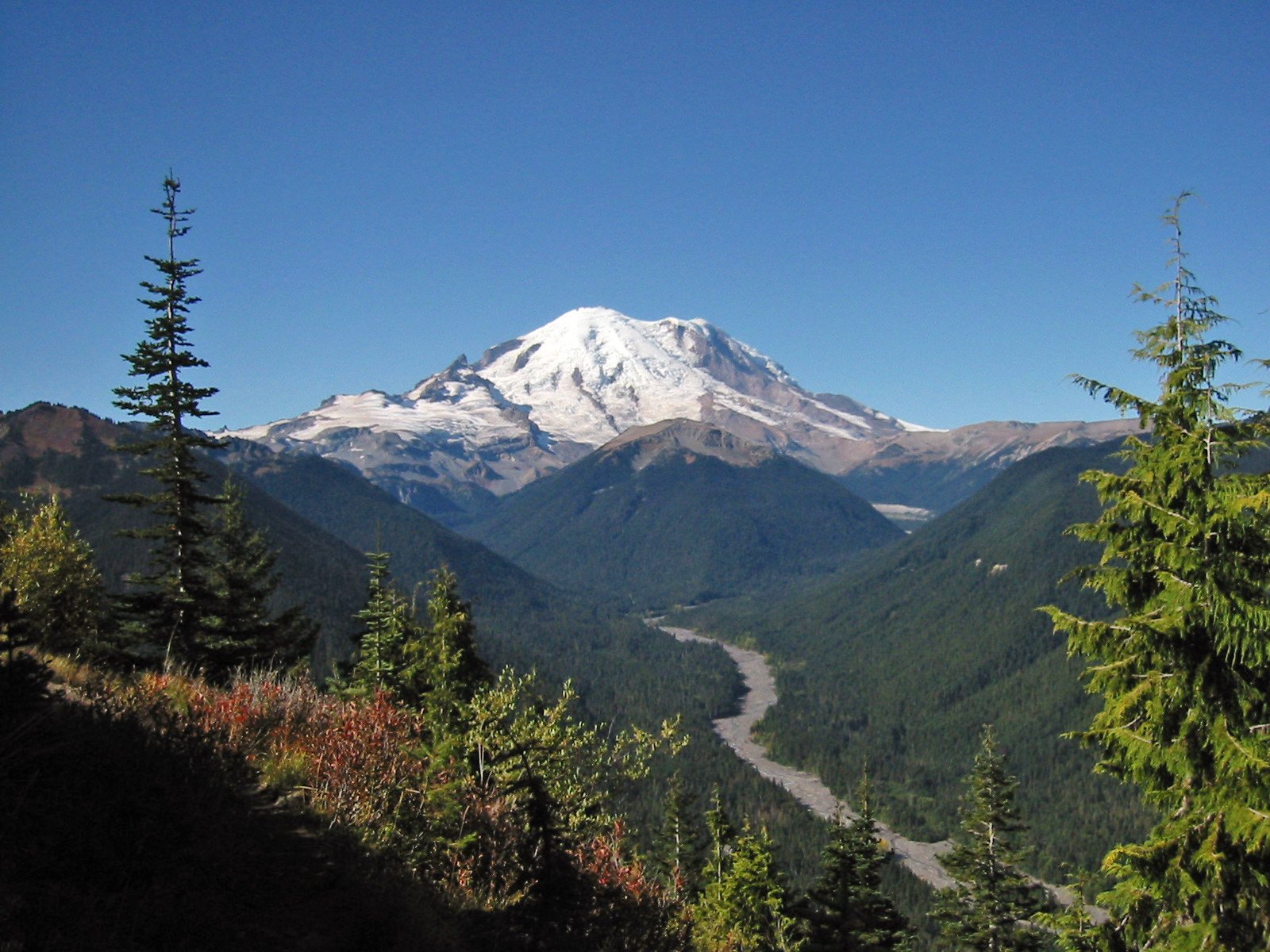The fastest ascent of Mount Rainier has captivated climbers and outdoor enthusiasts for decades. The Disappointment Cleaver route, starting from Paradise parking lot, is the most popular and quickest path to the summit. Elite climbers have set impressive records, with the current fastest known time (FKT) for ascent standing at 3:04:46, achieved by Alex King in 2021. This article explores the fastest routes, record-breaking climbs, optimal gear, and logistical details for those aiming to conquer Mount Rainier at speed.
What is the Quickest Route to the Summit of Mount Rainier?

The Disappointment Cleaver (DC) route is widely recognized as the fastest way to ascend Mount Rainier. Here’s a breakdown of the route:
- Starting Point: Paradise parking lot
- Segment 1: Paradise to Camp Muir
- Elevation gain: ~4,600 feet
- Estimated time: ~1:45 hours for experienced climbers
- Segment 2: Camp Muir to Ingraham Glacier
- Elevation gain: ~1,000 feet
- Segment 3: Ingraham Glacier to Summit via Disappointment Cleaver
- Elevation gain: ~4,400 feet
-
Estimated time: ~1:45 hours for experienced climbers
-
Total Elevation Gain: ~9,000 feet
- Total Estimated Time for Ascent: 3-4 hours, depending on experience and conditions
Who Holds the Record for the Fastest Ascent of Mount Rainier?

Several climbers have set impressive records on Mount Rainier:
On-Foot Records
- Alex King: Current FKT holder
- Date: June 21, 2021
- Round-trip time: 4:14:13
- Ascent time: 3:04:46
-
Route: Disappointment Cleaver
-
Uli Steidl: Previous record holder
- Date: July 26, 2016
- Round-trip time: 4:24:30
- Used GPS tracking and had witnesses
Skiing Records
- Eric Carter: Skiing FKT
- Date: June 3, 2014
- Round-trip time: 3:51:40
- Route: Disappointment Cleaver
- Used specialized skiing equipment
Female Record
- Katie Bono
- Date: July 24, 2012
- Round-trip time: 4:58:41
- Used running shoes and cached crampons at Camp Muir
What Gear is Essential for a Fast Ascent of Mount Rainier?
Optimal gear for speed climbing Mount Rainier includes:
- Footwear
- Lightweight running shoes or boots
-
Crampons (often cached at Camp Muir)
-
Other Gear
- Ski poles for stability and speed
-
Lightweight, specialized equipment
-
Tracking Devices
-
GPS for verifying times and routes
-
Pre-Cached Equipment
- Crampons and other gear at intermediate points
How Do Weather and Seasonal Conditions Affect the Fastest Ascent of Mount Rainier?
Weather and seasonal conditions play a crucial role in attempting the fastest ascent of Mount Rainier:
- Best Time: Late summer to early fall
- Stable snow conditions
-
Clearer trails
-
Alternative Preference: Early season
-
Firmer snow conditions
-
Considerations:
- Weather patterns
- Snow stability
- Visibility
- Temperature
What Permits and Regulations Apply to Speed Climbing Mount Rainier?
Before attempting a speed climb of Mount Rainier, be aware of these regulations:
- Solo Climbing Permit
- Required by Mount Rainier National Park
-
Ensures safety and compliance
-
Climbing Fees
-
Annual or single-trip options available
-
Leave No Trace Principles
-
Mandatory for all climbers
-
Safety Protocols
- Self-rescue capabilities required
- Communication devices recommended
How Has Technology Influenced Record-Breaking Ascents of Mount Rainier?
Technology has significantly impacted speed climbing on Mount Rainier:
- GPS Tracking
- Accurate timing and route verification
-
Used by Uli Steidl for his record
-
Lightweight Materials
- Advanced fabrics and composites in gear
-
Allows for faster ascents with less weight
-
Weather Forecasting
-
Improved accuracy for planning attempts
-
Communication Devices
- Enhanced safety and coordination
What Training Regimen is Necessary for a Fast Ascent of Mount Rainier?
Preparing for a fast ascent of Mount Rainier requires a comprehensive training plan:
- Cardiovascular Endurance
- High-intensity interval training
-
Long-distance running
-
Strength Training
- Focus on leg and core muscles
-
Climbing-specific exercises
-
Altitude Acclimatization
- Training at higher elevations when possible
-
Use of altitude tents or masks
-
Technical Skills
- Practice with crampons and ice axes
-
Rope team techniques
-
Mental Preparation
- Visualization exercises
- Stress management techniques
How Do Different Climbing Styles Impact the Speed of Ascent on Mount Rainier?
Various climbing styles can affect the speed of ascent on Mount Rainier:
- Alpine Style
- Lightweight, fast approach
-
Minimal gear and support
-
Expedition Style
- More gear and support
-
Slower but potentially safer
-
Ski Mountaineering
- Fastest descent method
-
Requires specialized skills and equipment
-
Solo Climbing
- Potentially faster but riskier
- Requires extensive experience and self-reliance
What Safety Considerations are Crucial for Fast Ascents of Mount Rainier?
Safety remains paramount even during speed attempts on Mount Rainier:
- Acclimatization
-
Proper altitude adjustment to prevent acute mountain sickness
-
Weather Monitoring
-
Constant awareness of changing conditions
-
Equipment Checks
-
Regular inspection of gear for wear and functionality
-
Route Familiarity
-
Thorough knowledge of the chosen path and potential hazards
-
Emergency Protocols
-
Clear plan for potential rescue situations
-
Physical Condition
- Honest assessment of fitness and skill level
By addressing these aspects, climbers can balance speed with safety in their ascent of Mount Rainier, potentially achieving personal bests or even record-breaking times while minimizing risks.

